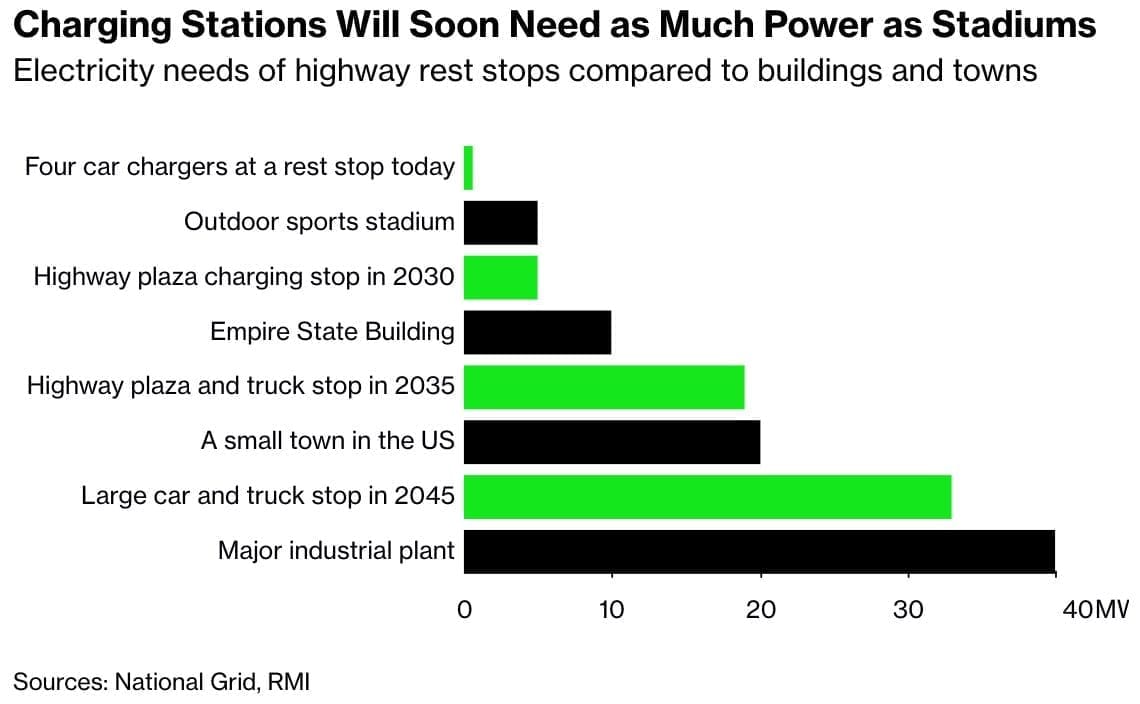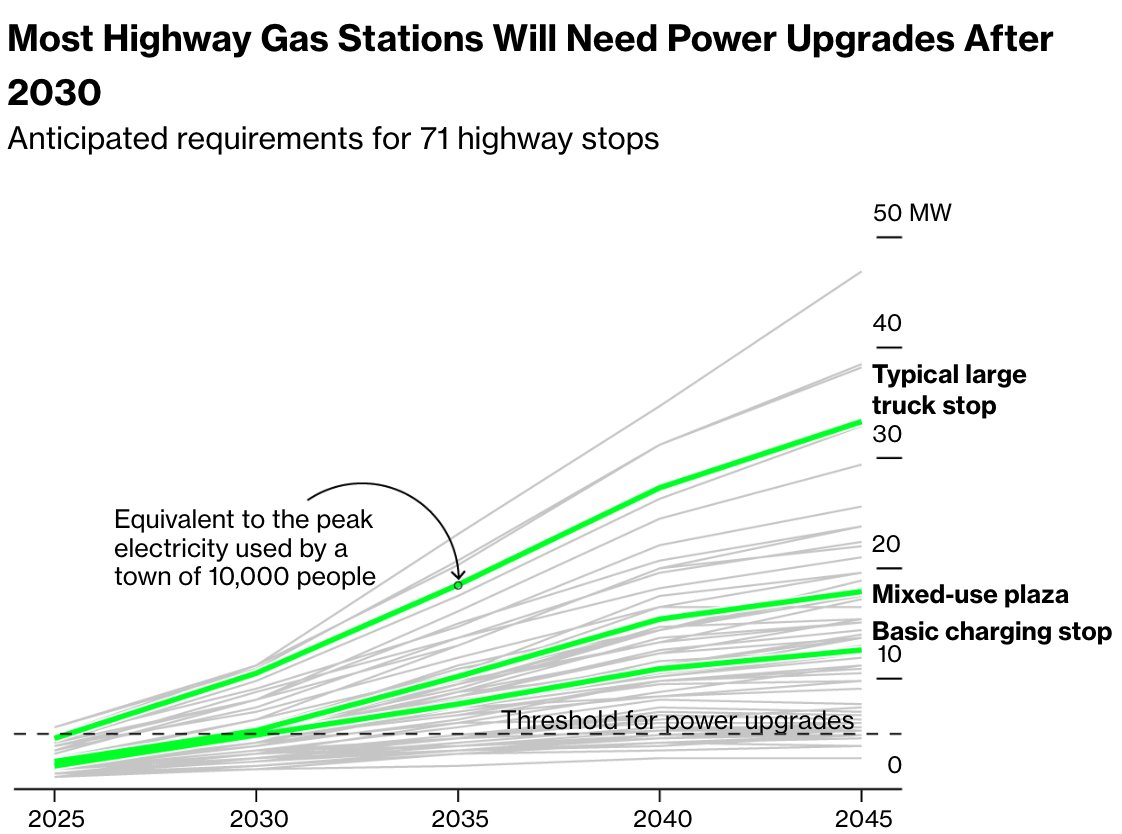How to Improve Fleet Maintenance and Performance with Powerfleet Solutions
The health and longevity of your assets and vehicles are crucial to your operation. Without proactive maintenance, real-time diagnostic details, and actionable driver performance insights, you risk costly downtime and dissatisfied customers.
Powerfleet offers purpose-built solutions to extend the life of your vehicles and optimize your resources, ensuring your fleet remains a competitive asset. Below, we’ll explore how Powerfleet’s innovative solutions can reduce clutch wear, maintain batteries, manage air suspension, and monitor fault codes effectively.
Innovative Maintenance Strategies for Cost Reduction
Data-Driven Driver Performance Optimization
Livestream data from Powerfleet’s Unity solution empowers fleet managers to enhance driver coaching and performance. Reducing incidents on the road and in the warehouse can significantly decrease costs. Our driver performance insights allow you to incentivize safe driving, identify areas for improvement, and optimize workforce productivity—all while keeping operational costs low.
Predictive Maintenance for Extended Vehicle Life
Managing maintenance based on real-world usage is vital to extending the lifespan of your resources. With Powerfleet’s preventative maintenance capabilities, you can minimize downtime and avoid costly repairs. Real-time engine diagnostics and planned maintenance alerts ensure you stay ahead of potential issues, reducing wear and maximizing vehicle uptime.
Advanced Vehicle Monitoring Features
Clutch Performance Tracking
Clutch wear can lead to costly replacements and unexpected downtime. Powerfleet’s solutions offer valuable data to track clutch usage patterns. Fleet managers can use this information to coach drivers on smoother operations and schedule maintenance before significant wear occurs. This proactive approach ensures operational continuity and reduces unnecessary expenditures.
Battery Health Management
Battery issues are a leading cause of unexpected breakdowns. With Powerfleet’s solutions, you can access real-time battery health indicators, such as voltage levels and temperature fluctuations. Immediate alerts empower fleet managers to address issues before they lead to downtime, ensuring assets and vehicles are always ready for service.
Air Suspension System Optimization
A well-maintained air suspension system reduces component wear and improves fuel efficiency. Powerfleet’s capabilities enable fleet managers to monitor pressure levels, detect leaks, and ensure system integrity. Real-time alerts help address potential issues quickly, enhancing ride quality and reducing long-term repair costs.
Monitoring Fault Codes
Vehicle fault codes offer early warnings for a variety of issues. Powerfleet’s solutions capture these codes in real time, enabling fleet managers to address problems quickly and prevent significant failures. By focusing on real-world diagnostics and data insights, you can prioritize repairs, optimize maintenance schedules, and minimize downtime.
Maximizing Fleet Efficiency Through Data Insights
Dormancy Analysis for Operational Efficiency
Dormant vehicles are a sign of fleet inefficiency. Powerfleet offers visibility into vehicle usage, allowing fleet managers to identify dormant assets and optimize resource allocation. Data-driven decisions improve fleet operations and ultimately enhance your bottom line.
Seamless Third-Party Platform Integration
Powerfleet’s Unity ecosystem integrates seamlessly with third-party platforms, including billing systems, enabling comprehensive asset management. Uniting data from diverse sources streamlines maintenance scheduling and delivery performance reporting processes, ensuring your entire fleet operates efficiently and precisely.
Driver Performance Enhancement
Boost Productivity and Safety
Powerfleet’s solutions allow you to optimize driver performance by continuously monitoring and ranking drivers. Our driver profile capabilities and scorecards provide actionable insights to improve safety, reduce operational inefficiencies, and encourage good driving habits. Optimizing driver behavior impacts asset longevity, reduces operational costs, and enhances customer satisfaction.
Achieving Sustainability Goals
Supporting Your Green Agenda
Powerfleet’s solutions are built to support your sustainability initiatives. By ingesting, processing, and enriching environmental, social, and governance (ESG) data from IoT devices and third-party systems, we enable you to track and achieve your sustainability goals while optimizing operations.
Transform Your Fleet Operations Today
Powerfleet’s purpose-built solutions empower you to maximize asset and vehicle longevity through real-time diagnostics, proactive maintenance, and actionable data insights. By reducing downtime, managing maintenance based on real-world usage, and enhancing driver performance, you can achieve greater fleet efficiency, reduce costs, and improve customer satisfaction.
Ready to optimize your fleet maintenance and performance? Learn more about our Maintenance and Performance solutions.


